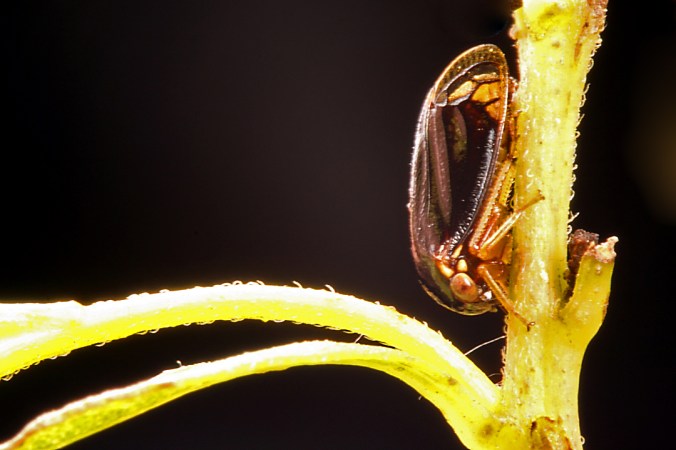I’m a lucky guy! First, I’m one of the fortunate attending this weekend’s BugShot insect photography workshop. Second, this first-of-a-kind event is being held only 13 miles from my home at Shaw Nature Reserve in Gray Summit, Missouri. Third, I was “adopted” by the BugShot instructors to assist in the event. Who are the instructors? None other than John Abbott from Austin, Texas—an expert on dragonfly biology and insect action photography, Thomas Shahan from Norman, Oklahoma—master of close-up arthropod (especially jumping spider) portraiture, and Alex Wild from Champaign-Urbana, Illinois—ant photographer extraordinaire and author of the most popular insect blog on the net. In 2009 I picked up a digital SLR camera for the first time ever—in 2011 I am rubbing shoulders, discussing exposure and lighting, and enjoying social time with three of the country’s most accomplished insect macrophotographers (and some other very cool people as well).
I have come a long way, but I still have much to learn. Intimate understanding of lighting, exposure, and the creative use of flash still eludes me—I can do a few things well, but there is much more I can’t do at all. Today was my first time experimenting with the effect of lighting direction, i.e. taking the flash heads off their fixed position on the front of the lens and hand-holding them in different positions. This simple technique can have dramatic effects on the look of a photograph, as illustrated by the following two photographs. In the first, both flash heads of my Canon MT-24EX twin flash are attached to the front of the lens (as they have been for every single flash photograph I’ve ever taken up to this point). In the second, only the right flash head remains attached to the lens, while the left head has been detached and is being hand-held directly above the subject (in this case, the treehopper Acutalis tartarea on Solidago sp.). Technically they are not very good photographs, but they illustrate well the dramatic differences that can be achieved by varying the position of the flash heads. Among other things, this is a technique that I will be exploring much over the coming weeks.
Copyright © Ted C. MacRae 2011


This is a technique I used to do more often with my wireless Nikon flashes, they are so much easier to handle!
Thanks Ted, keep the tips coming!
It is puzzling to me why Canon has never come up with a wireless version of their twin flash. You can still move the heads around with the coils attached, but not nearly as flexibly as with Nikon’s unit.
I’m probably going to try to buy a 430 single flash unit to use handheld.
Very good example of what you can do with just moving your light source.. The twin light system can also be uses as a master with a speedlite as a slave to give you the back lighting effect. Also with the lights mounted, change the ratio 1:4 or 1:8 to add shadow to the image if you can’t move your light source.
Hi Mac. Good comments – I do need to start playing with different ratios. Also, I want a speedlite bad!
Great meeting you this weekend!
On Daily Deals-1 a Day web site (http://1saleaday.com/wireless/) about every 10 weeks they offer up slave flash units that fire when you main flash is activated. The price is about $10 + shipping. Not much control but you can hand hold the unit to move it around. Old timers like me use a handkerchief to soft or reduce the flash but these are not that strong anyway. I use two for lighting my back ground (even if it is blurred) if I run out of speedlites. Also, Product Light Boxes, with a light set, much like the one used by Alex in his presentation of indoor shooting can be purchased for about $15-20. The same setup that you can get at Schiller’s Photo Shop for $110.00. Of course, it is much more fun to build your own.
Thanks, Mac – good tips. I’ll check them out.
Pingback: BugShot 2011: the aftermath – MYRMECOS - Insect Photography - Insect Pictures